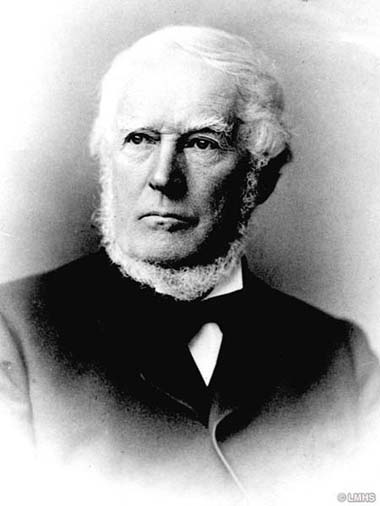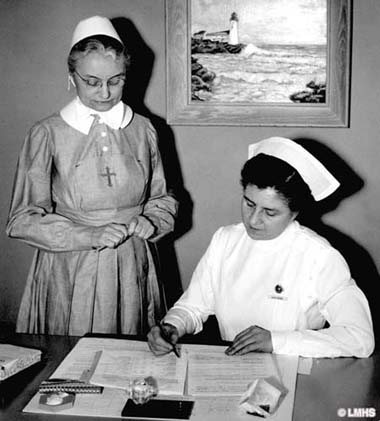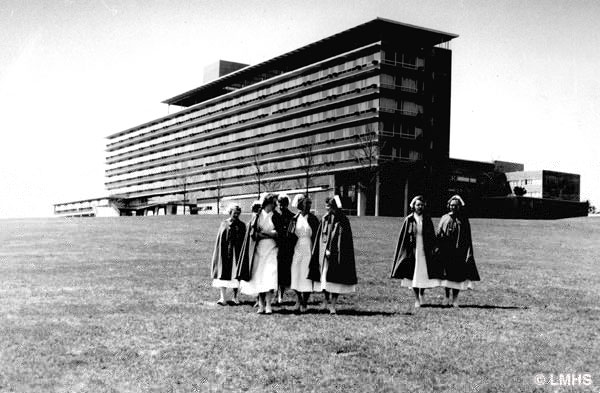Lankenau Hospital

In the mid 19th century, the economic and political turbulence in Germany which followed the Napoleonic Wars prompted a flood of German migration to Philadelphia. Many of the immigrants arrived ill, penniless, speaking no English. The German Hospital of the City of Philadelphia was chartered in 1860 to provide a place where the German speaking populace could be treated by persons speaking their own language.
Deaconesses from Germany
Also imported from Germany, in 1884, was a band of seven Lutheran deaconesses to take charge of the hospital’s household and nursing service. Trained at Kaiserswerth (where Florence Nightingale also received her training) the deaconesses soon earned for the hospital a reputation for superior nursing care.
Philadelphia Sites



The first home of the hospital was a converted residence at 20th and Norris Streets. In 1872, it was moved to its second location at Girard and Corinthian Avenues. By the turn of the century the hospital occupied an entire city block. The name changed in 1917 to honor John D. Lankenau, a German-born Philadelphia merchant, President of the Board for 27 years and a longtime benefactor.
Move to Lower Merion
By the mid 20th century, the hospital plant was aging; it was necessary to rebuild or relocate. Relocation was the choice; the 93 acre Overbrook Golf Club was chosen as the site. In 1953, the hospital moved to Lower Merion and into handsome new buildings which won a first place award in architecture for the designer, Vincent Kling.
Lankenau today is first among its peers in patient care, education and research.

